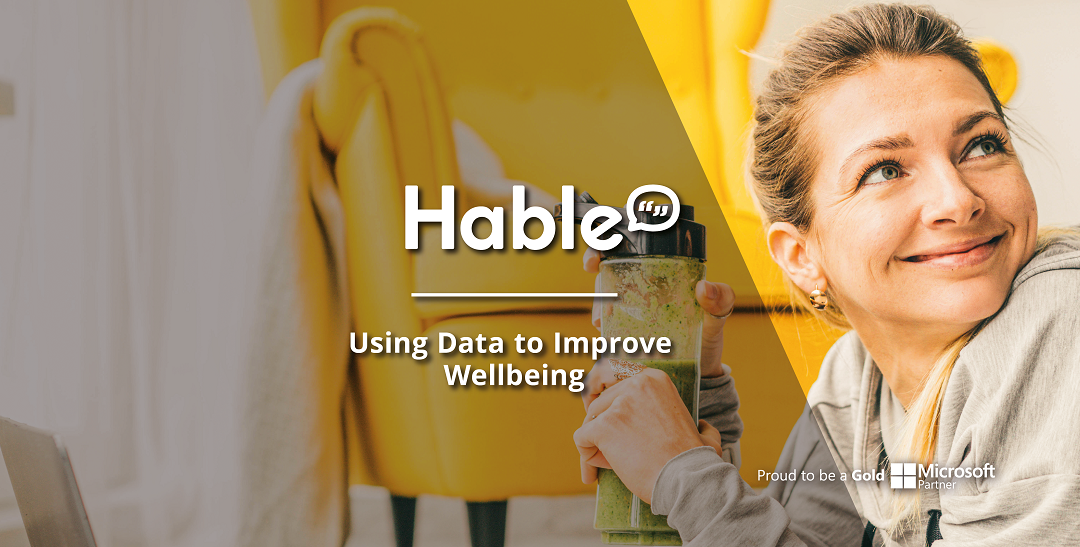
Lockdown living has caused wellbeing issues for huge numbers of people. Both mental and physical health problems are on the rise and the conversations we have and mood on social media tells us with clarity: people are stressed out at work. These issues are not only due to people’s jobs but the fact that we all have to balance work and home pressures. Many people are working from home for the first time and also trying to “fit in” home schooling in addition to work commitments.
What problems does wellbeing cause for organisations?
When staff are suffering with physical or mental health issues or when they don’t feel connected and supported, it leads to problems for that organisation. Here are three problems which poor staff wellbeing can cause in the workplace:
- Employee Health: 51% of work-related ill health is people suffering from stress, depression or anxiety. Neglecting health & wellbeing leads to high absence rates, which affects their lives and also puts additional strain on the lives of their colleagues.
- Employee Churn: People are much more likely to leave their jobs if they feel stressed and unhappy. Research shows that the average cost of replacing an employee is £30,000 (in addition to their salary) – this is made up of recruitment costs, manager time and lost productivity.
- Employee Engagement: Wellbeing issues at work make staff less engaged and over 20% of UK workers feel “highly disengaged” at work. Low engagement costs employers 34% of their annual salary due to high absence and low productivity.
None of these problems are new – but they have been amplified by COVID. They all have both a human cost and a financial cost, meaning that the need to address wellbeing is more important in 2021 than it has ever been before.
Did you know? On average, 16% of UK public sector staff leave their organisation each year.
The Institute for Government estimate that excessive staff turnover in government departments costs the civil service between £36 million and £74 million each year in recruitment, training and lost productivity.
How can data be used to improve wellbeing?
In most large organisations the Leadership Team work with HR to address staff wellbeing issues. Now that most people rely on technology to do their jobs, what can IT departments do to support those efforts?
Whilst IT systems have been the saviour of many organisations, the tech-powered move to remote working has also caused some significant wellbeing issues. We are having more meetings, working more hours, missing the “thinking time” you get during a car or train journey – and rather than feeling like we’re working from home, many of us feel like we’re living at work.
That said, our dependence on platforms like Microsoft 365 has given us a unique opportunity to gain insight into why peoples work patterns are harming our wellbeing. When we were all in the office it was very hard to gain an in-depth understanding of how people were spending their, but now the data about our working day is available in a way it has never been before. I know some people will have “big brother” concerns about this – but if data is used well and shared with the right people – it could just be the key to understanding how our future hybrid-workplace can be a positive experience for both staff and employers.
Here’s some examples of how you could use data to improve wellbeing:
- Help people to avoid burnout by flagging those teams or departments with high percentage of staff who are working late or at weekends
- Improve productivity by automatically booking focus-time into people’s calendar
- Spot signs of depression or anxiety, as people “withdraw” from communication with colleagues and show low levels of collaboration
Data from the Microsoft Graph can tell you how long your people are spending in meetings, what hours they are working, when they are “multitasking” (not in a good way) or when they lack the time to think and focus. All we need to do is hook into that data and get it into the hands of the Leadership and HR teams.
It’s time to use data to improve wellbeing.

